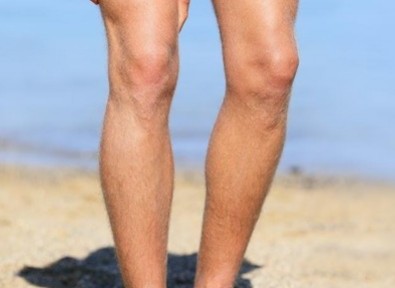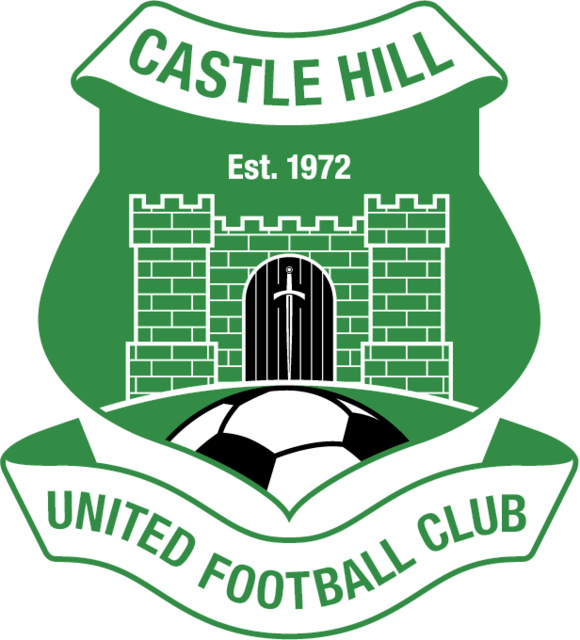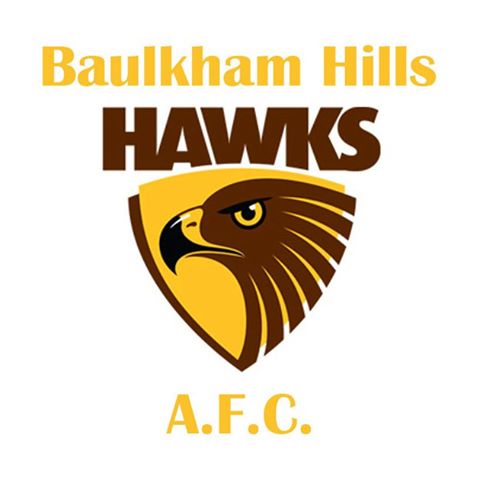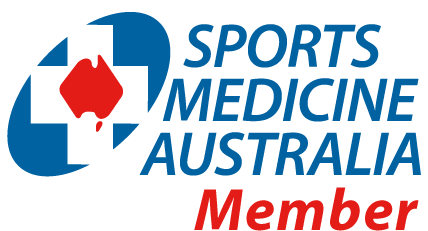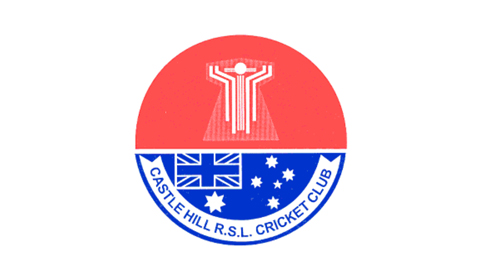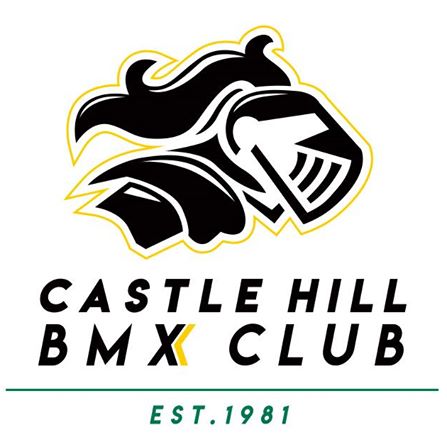Muscle soreness following exercise, known as DOMS, is very common for people to experience this time of year as lots of people start or resume exercise – for more read on below.
If you have increased your exercise in recent weeks as part of a new year resolution or got back into exercise after a holiday or perhaps you have started football preseason, you may have experienced some muscle soreness! Muscle soreness after getting back into exercise or on starting a new exercise regime is common – it is typically referred to as DOMS! DOMS stands for Delayed-Onset Muscle Soreness.
If you have had trouble standing up or sitting down or even negotiating stairs for a few days after some leg exercises, it was probably DOMS. For your upper body, if you have had trouble lifting things or even putting on shirts after some upper body weights, it was probably DOMS.
DOMS usually kicks in 24-48 hours after exercise and lasts for a couple of days. It is basically a response to you overstressing your muscles – you will have created quite a bit of microtrauma within your muscles. Your body will adapt to this and future exercise efforts of similar intensity, should not evoke the same response.
DOMS is much more prevalent to exercises like running downhill, activities involving lots of landing or exercises involving a particular type of muscle contraction, known as an eccentric contraction – where your muscles are working hard whilst lengthening at the same time!
So, how do I know if I have or had DOMS?
Basically, if you have exercised heavily (especially with exercises that are either new to you or you haven’t done for some time) and have developed a muscular ache type pain in the proceeding 24-48 hours, then it is likely DOMS!
If your symptoms start immediately during or following exercise or last longer than 48 hours, then it may not be DOMS! Similarly, if the pain is located near your joints rather than your muscles, then it may not be DOMS! In these cases, you should consider seeing your physiotherapist to see if you have actually injured something more significantly.
If I have DOMS, what can I do to help it?
If you have DOMS, the best thing to do is to gently keep moving (e.g. gentle walking or even slow stationary cycling with limited resistance). This is better that resting in static positions. Icing the affected area can also assist. Gentle massage and the wearing of compression garments (e.g. skins) has been shown to shorten the duration and lessen the extent of symptoms.
You should avoid vigorous/strenuous exercise whilst the symptoms are present. Deep tissue massage should also be avoided for the first 24-48 hours. Once symptoms have resolved, you can gradually resume exercise. If you need further guidance, you should consult your physiotherapist.
In summary, DOMS is very common following starting an exercise program or when completing strenuous exercise. The typical symptoms are a dull muscular ache in the affected regions for 24-48 hours. The best thing you can do is to gently keep moving. Compression garments, icing the affected region and gentle massage can also assist with the recovery. If the symptoms persist beyond 48 hours, are not limited to muscle areas, start during or immediately after exercise or return regularly after exercising, then you may not actually have DOMS – in these cases you should consult your physiotherapist for assessment and to be diagnosed accordingly such that appropriate management can commence.

